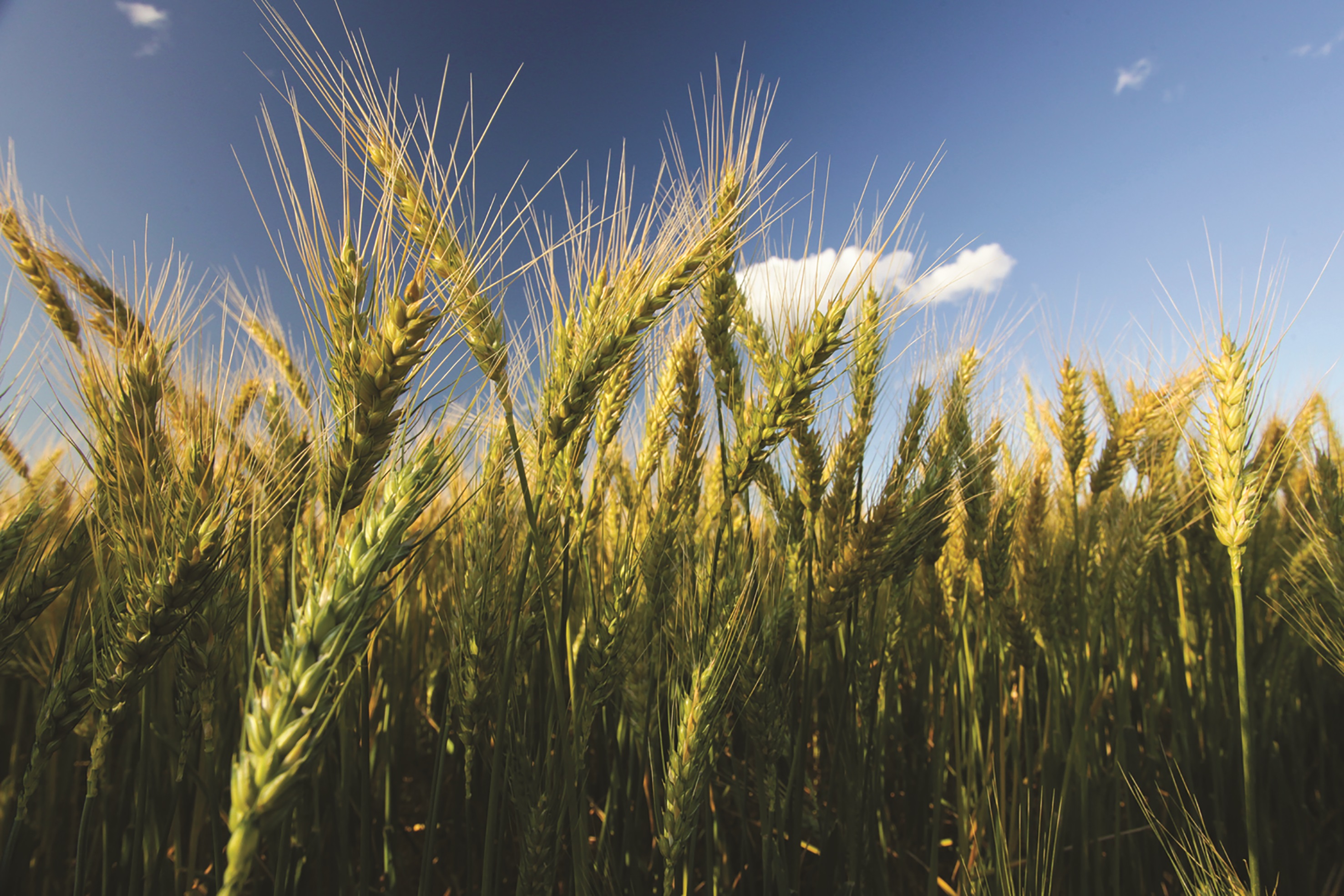Grains
Australian wheat, barley, canola, oats and pulses are sought after globally for a wide variety of food and animal feed products.
Integration of Grains Australia and AEGIC
AEGIC is integrating with Grains Australia to better support Australia’s grains customers and the Australian grains industry.
The AEGIC website will remain accessible in the short term; however, it will not be updated from 1 January 2026. As a result, some information on this site may be out of date.
We’re working towards a single, combined website in the near future.
Learn more
Grown in one of the cleanest environments in the world using state of the art farming systems, Australian grains are in demand for Asian noodles, baked products, beer, healthy whole grain products, animal feed and much more. From the grower to the consumer, the Australian grains industry is committed to the highest quality standards to meet the expectations of international customers.
On average, Australia produces about 47 million metric tonnes of grains, of which about 60-65% is exported. Australian grains are produced across the country, spanning the main northern, southern and western regions.
Australian grains have an excellent reputation are exported across the world for a variety of food and livestock feed purposes.
The northern region takes in central and southern Queensland through to northern New South Wales down as far as the Dubbo region. Most rainfall in this northern region tends to be over the summer months, allowing for dryland summer crop production. But with the high moisture-storing capacity of the clay-based soils of this region, supplemented by some winter rainfall, crops that grow during the winter are also successfully produced.
Winter crops in the northern region are planted across a wide time period starting during March in the Queensland Central zone, through to July in the New South Wales Central zone. Consequently, harvest of the northern region’s winter crops can stretch from September through to December. Similarly, the north’s summer crops are planted from September through to February with harvest spanning the February to May period.
Winter crops – wheat, barley, oats, chickpeas, triticale, faba beans, lupins, field peas, canola, millet/panicum, safflower and linseed. Summer crops – sorghum, sunflowers, maize, mungbeans, soybeans, cotton and peanuts.

The southern region stretches from central New South Wales (south of Dubbo) through to Victoria, Tasmania and South Australia. The rainfall pattern ranges from uniform in central New South Wales through to winter-dominant in Victoria, Tasmania and South Australia.
This is a large region of the country with a typically Mediterranean climate of dry summers and comparatively reliable winter rainfall lending itself to winter crop production. Summer crop production requires irrigation and the major field crop irrigated in this region is medium grain rice in southern New South Wales.
Planting of the winter crop depends on ‘opening rains’ and usually begins in May and can continue through until late July. The winter crop harvest can begin in late October and continue through until January in the higher rainfall areas.
Winter crops – wheat, barley, oats, lupins, field peas, canola, chickpeas, lentils, faba beans, vetch, triticale, cereal rye, and safflower. Summer crops – irrigated rice and maize

The western region comprises the south west corner of Western Australia, from north of Geraldton, to Albany in the south, and to the areas east of Esperance.
Soil fertility is generally low and yields are dependant on winter and spring rainfall. While yields are low, the large scale of farming operations means that Western Australia is usually the largest grain producing state in Australia.
Planting usually begins in April/May. The winter crop harvest can begin in late October and continue through until January in the higher rainfall areas.
Winter crops – wheat, barley, oats, canola, lentils, lupins, field peas, chickpeas, faba beans, triticale, cereal rye



Market Insights
We understand the grain quality requirements of customers so the Australian grains industry can position itself to capture maximum value from future opportunities.
Get AEGIC's market insights